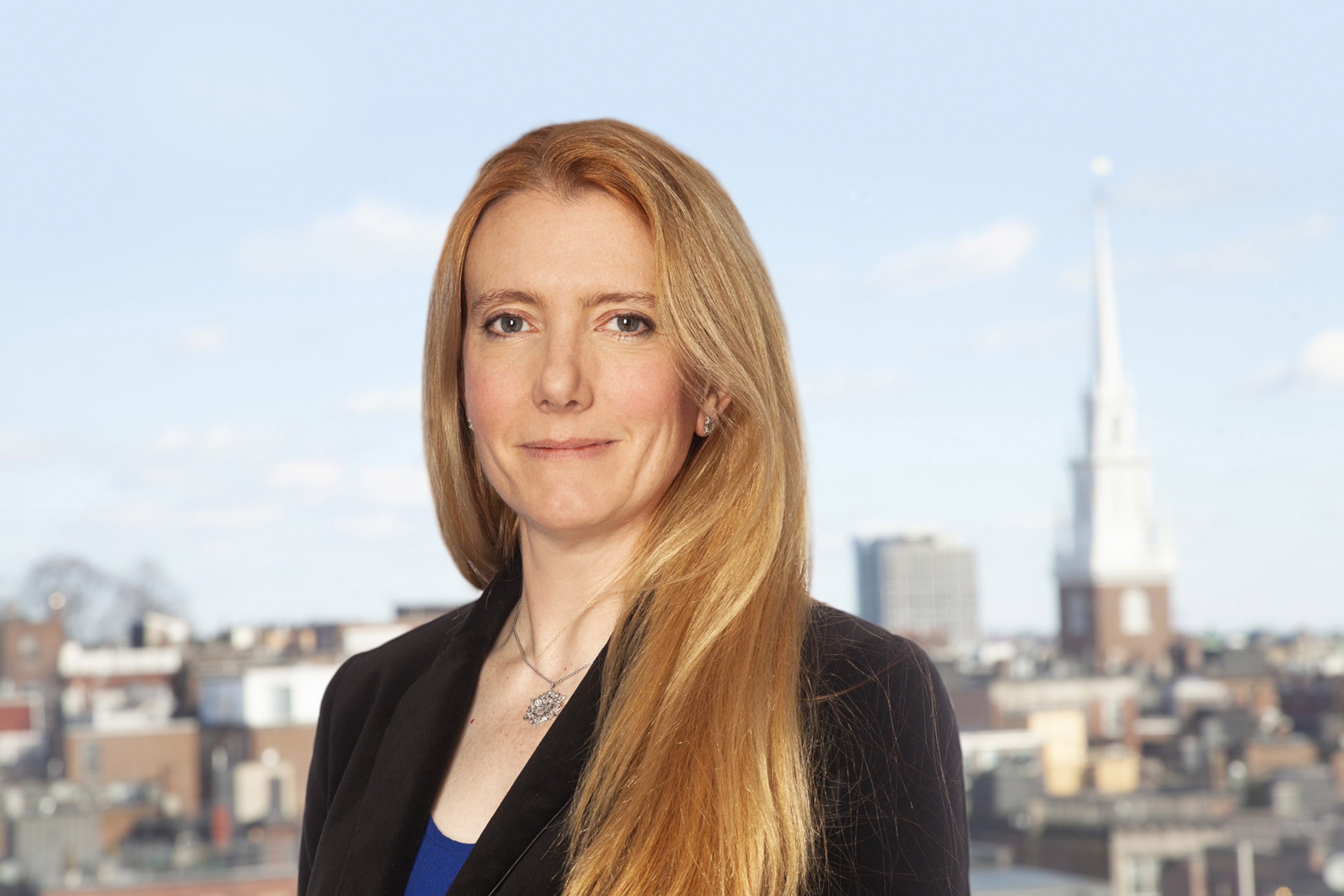Helping Universities Go Green
-
-
MIT Technology Review
Filed Under
Recommended

When Rebecca Berry ’95, MArch ’99, was growing up as a “military brat” in Germany, her Air Force officer father took her family traveling every chance they got. “We’d fly ‘space available,’ where you get on a C-17 with some tanks and sit in a jump seat,” she remembers. By the time she was 11, she’d visited Paris and Madrid, Italy and Morocco.
Berry, now president of Boston-based Finegold Alexander Architects, credits those early experiences with her career path: “The exposure to so many different cities gave me an awareness and appreciation of the built environment in a way that was different than most.” But another influence was her family’s commitment to service: when they moved back to Washington, DC, she headed to Appalachia every summer to volunteer repairing houses. That spurred a fascination with politics and the law.
At MIT, Berry majored in political science and architecture, studying sustainable development with Nazli Choucri and sustainable design with Andrew Scott. Three decades later, these interests converge as she works to help universities meet their climate goals.
While many schools have focused on making new LEED-certified buildings, Berry points out, “by rehabbing your existing and historic buildings, you are able to create facilities with much lower embodied carbon.”
In 2019, Finegold Alexander partnered with engineering firm Salas O’Brien to implement Amherst College’s master plan for reaching “carbon zero” by 2030. Key to the strategy is overhauling the campus energy system. Like a lot of schools, Amherst heats many buildings with steam, which requires a large amount of energy to produce, even with a co-generation system. The new system will use water heated to just 130 degrees using heat pumps fed by geothermal wells, an approach used by other universities as well. For these systems to work, however, campuses also must address exterior systems. “If you put low-temperature hot water into uninsulated buildings with leaky windows, you are not going to be warm,” Berry says. “Careful analysis and energy modeling let you determine the best approach to air sealing, insulation, and glazing.”
Finegold Alexander’s new energy division, which focuses on such analysis, is doing similar work for other schools, including Boston University, Brandeis, and Wellesley—and is helping perform an energy audit for an MIT building as well. “Universities are really leading the charge when it comes to climate,” she says—partly in response to student demand. She hopes it will be a model of what can be accomplished by being smarter about existing architecture.
This article also appears in the July/August issue of MIT News magazine, published by MIT Technology Review.







